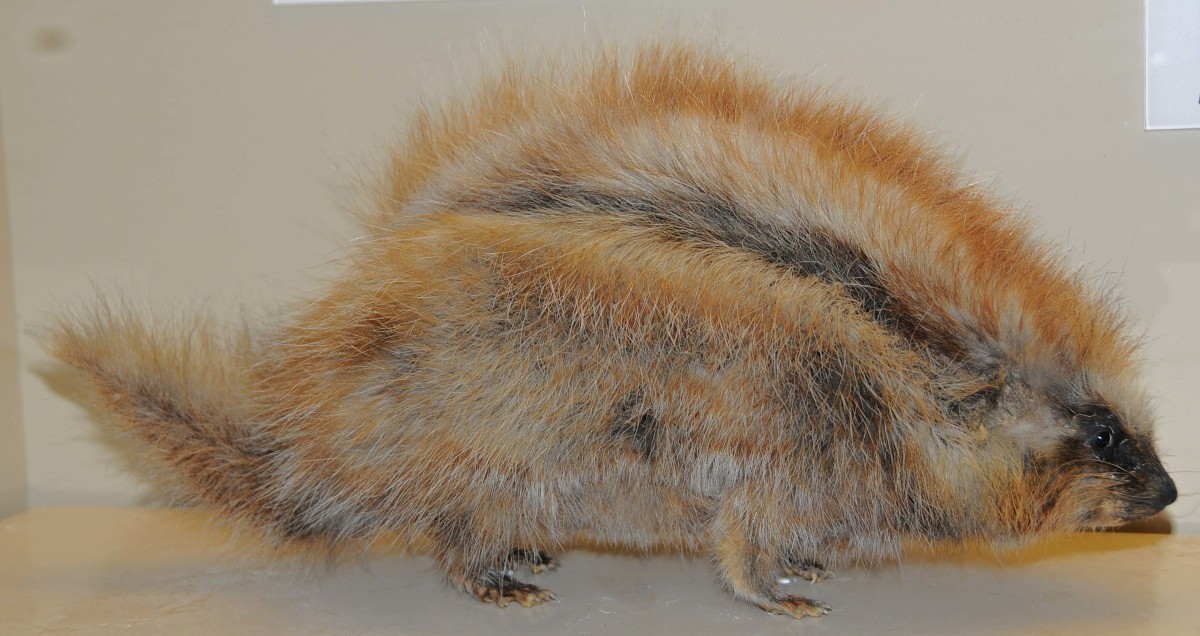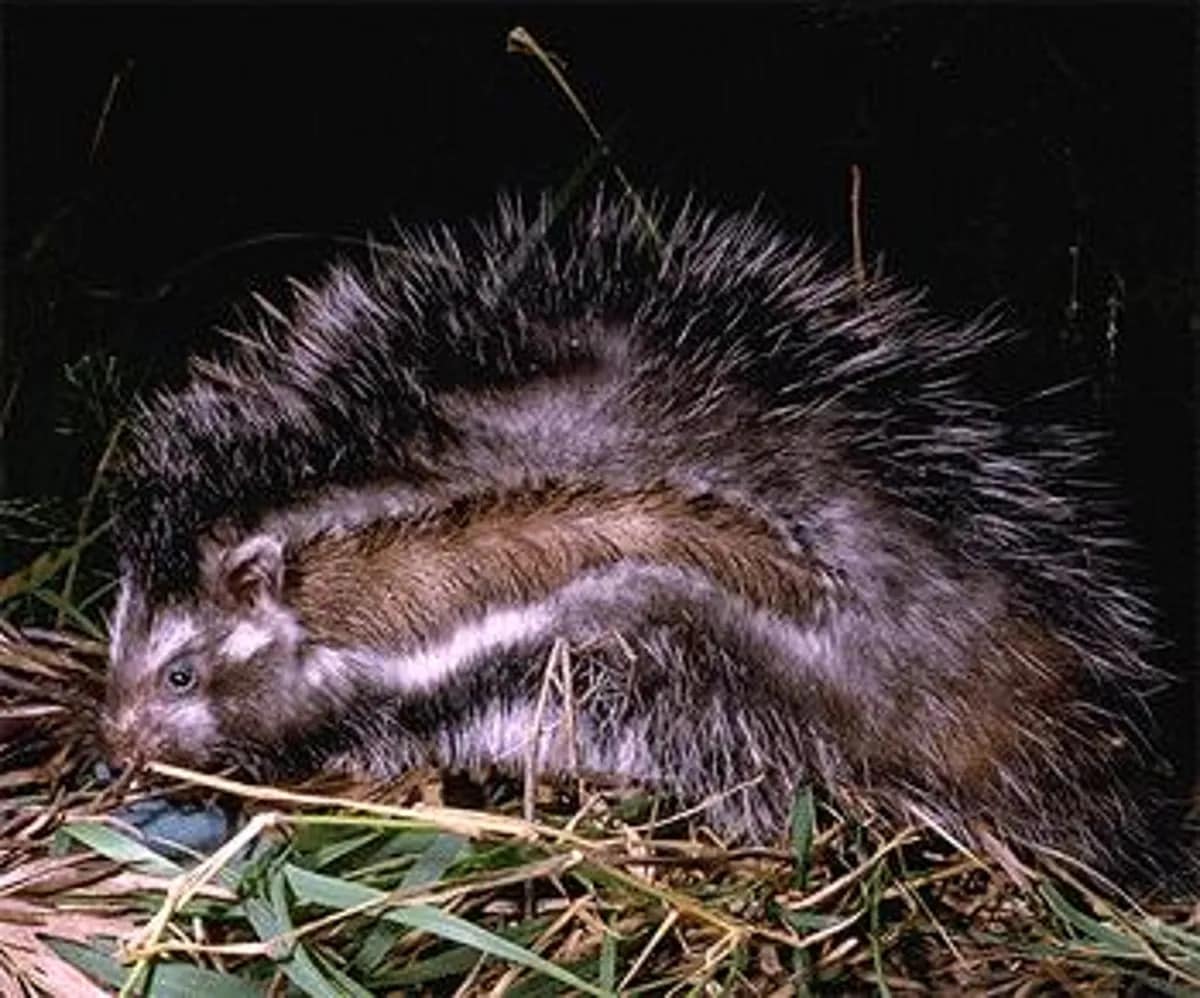Each and every single day, we hear a lot of news. It can be so much that some of the coolest news can be overlooked, including some important science headlines. As a science website, we feel this is a terrible thing. Readers deserve to see some of these important news pieces. Sadly, they get overlooked or the mass media simply does not cover them at all.
That might very well have to do with the Pandemic as well as political and sports news that tends to dominate the newswire on a regular basis. Regardless of the reason, science headlines are important too. Knowing this, we compiled some of the most important science headlines we feel you should see. Just in case you missed some of these big headlines, we’ve got you covered! Not only will we tell you a short summary of what specific news stories are about, but we’ll also link you to the main news story too. That said, let’s take a look at these headlines many people probably missed due to the world’s chaos.
Africa’s Poisonous Rats Are Surprisingly Social (Science News For Students)

A lot of people do not even know the story behind these poisonous rats in Africa. It was found in 2011 that “Crested Rats” actually are laced with a form of poison on their fur. This is more than likely an evolutionary trait that the rats used for survival in order to last in a place where they are at the top of the menu. In any case, scientists decided to put a bunch of these rats in a small cowshed, which they dubbed the “rat house.” Scientists are nothing if not creative, eh?

Placing video cameras inside to monitor them, they did not expect a lot. They even formed it into an apartment-style area, which could allow them to separate rats from each other when needed. Researchers had the rats spend exactly 432 hours with each other, all in this one space. Many groomed each other’s fur, funny enough. Fights did break out but they never lasted for long. Adult rats even took care of younger ones. Making researchers feel that they must raise their young in pairs.
